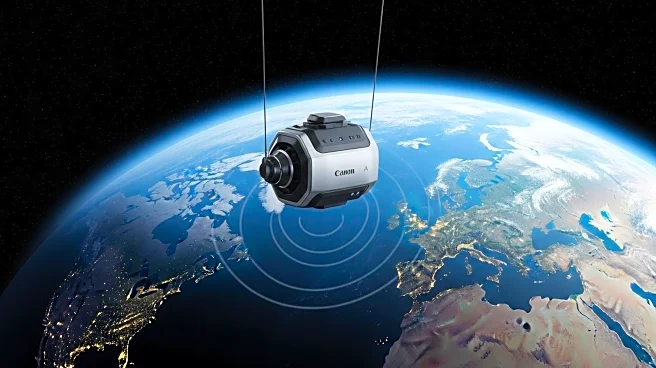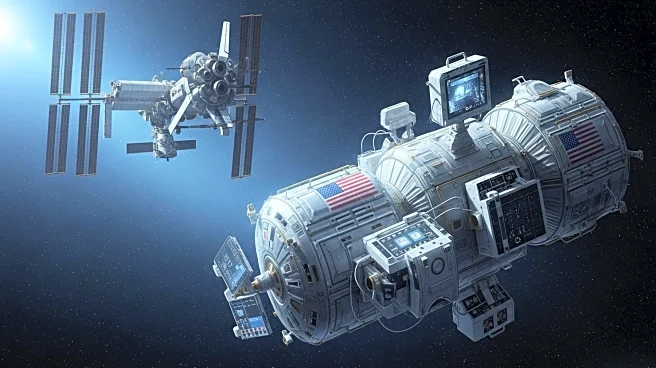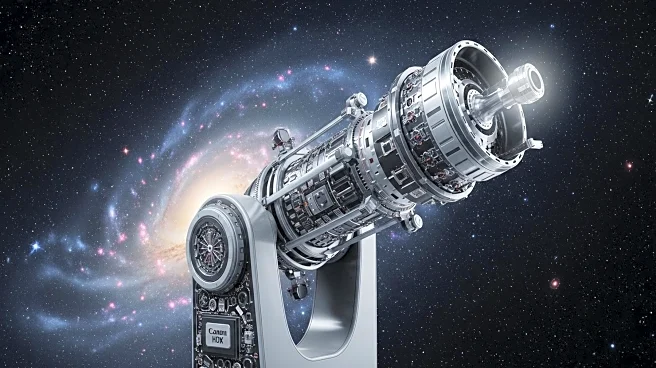What's Happening?
NASA and IBM have collaborated to create an AI-powered model named Surya, designed to improve the prediction of space weather events such as solar flares and coronal mass ejections (CMEs). Surya, which means 'sun' in Sanskrit, utilizes nine years of sun imagery from NASA's Solar Dynamics Observatory (SDO) to identify patterns that could forecast solar activity. The model has demonstrated a 16% improvement in predicting the strength of solar flares compared to previous methods and can forecast the location of flares up to two hours in advance. This advancement aims to mitigate the impact of solar storms on Earth's critical systems, including aviation, marine traffic, and power grids.
Why It's Important?
The development of Surya is significant as it enhances the ability to predict and prepare for solar storms, which can have severe consequences on global infrastructure. Solar flares and CMEs can disrupt radio communications, damage satellites, and cause power outages. By providing more accurate and timely forecasts, Surya helps operators of critical infrastructure to better prepare for potential disruptions. The economic impact of space weather events is substantial, with estimates suggesting that a single solar storm could cause damages up to $17 billion. Therefore, improving prediction capabilities is crucial for minimizing economic losses and maintaining technological stability.
What's Next?
NASA and IBM have made the Surya model available to researchers worldwide through the open-source Hugging Face platform. This accessibility is expected to foster further advancements in solar physics research and the development of specialized applications. Future space missions that observe the sun from different angles could complement Surya's capabilities, potentially leading to even more accurate space weather forecasts. As the model continues to evolve, it may play a critical role in safeguarding technological infrastructure from the adverse effects of solar activity.
Beyond the Headlines
The collaboration between NASA and IBM on the Surya model highlights the growing role of artificial intelligence in scientific research and its potential to address complex challenges. By leveraging AI, researchers can analyze vast datasets with unprecedented speed and precision, opening new avenues for understanding and mitigating the impacts of natural phenomena. This partnership also underscores the importance of interdisciplinary collaboration in advancing scientific knowledge and developing innovative solutions to global challenges.











